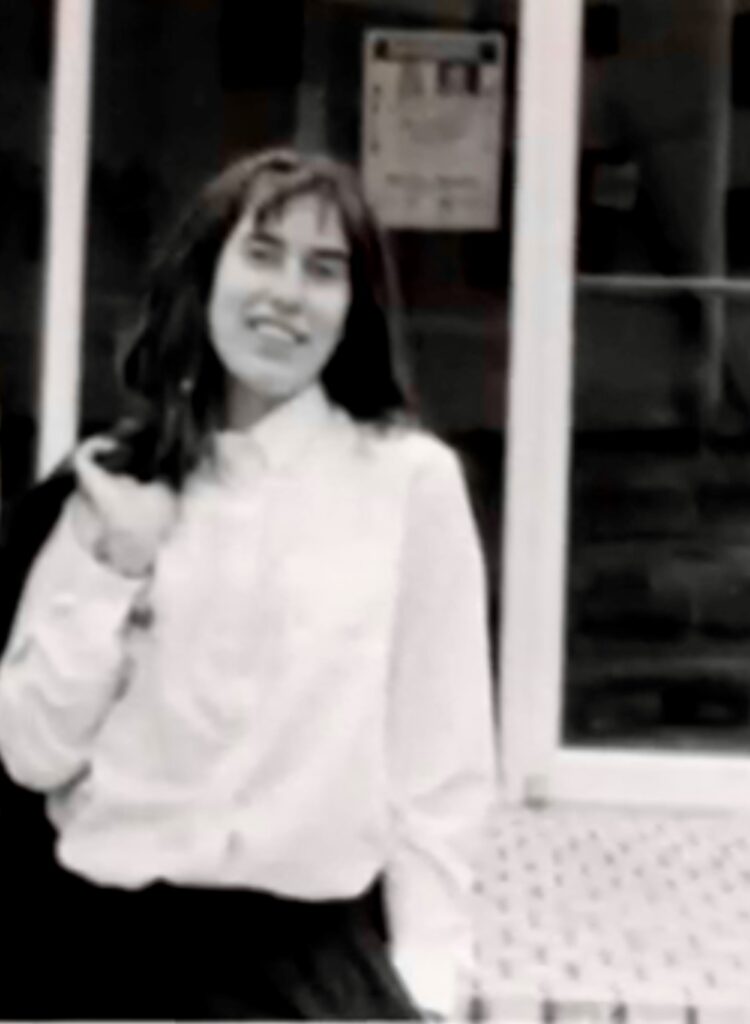 Carriagerun
Carriagerun
Charlie’s on the couch,
ears half-up like he’s mid-thought.
Jadie’s at the door,
guarding the house from falling leaves.
They know I’m not writing for the money.
They know I’m not writing for peace.
They know I’m not even sure why I’m writing—
but we don’t care.
They watch me the way priests watch sinners:
with disappointment,
but also a little hope.
I think they expect something good to come from it.
Maybe a walk.
Maybe a poem that doesn’t end
with someone dying,
or a man talking to his ghosts.
But I can only give them
the sound of fingers
trying to find
whatever’s left
worth saying.
 Hangstones
Hangstones
Everything I’ve lost
keeps blooming somewhere.
I no longer ask where.
Everything I’ve touched
left a mark—
not always visible,
but the dust remembers.
Everything I’ve seen
has gone on seeing.
A bird in flight,
a door left open.
They continue
without me.
Everything I’ve said
hangs in air
longer than I meant.
Some words soften.
Others
hang like stones.
Everything I’ve loved
still leans toward light.
Even what turned away
left warmth
in its absence.
Everything I’ve feared
has changed shape.
Most of it
looks like me,
only quieter.
And still —
everything I’ve lost
keeps blooming somewhere.
 The Lean
The Lean
I came in quiet,
as breath behind breath,
soft as a promise.
I waited
beneath ribs,
where secrets are unflanked
and always listening.
She was a door
already open.
I was a wind
that knew its way in.
She gave me her mornings.
I gave her stillness.
And something like peace.
Others called out,
but she liked how I stayed.
I never hurried her.
Never reminded her of clocks.
And when it was time,
she didn’t fall—
she leaned.
Not out of fear.
Not from despair.
But from wanting
to stop aching.
So I gave her wings
but took the sky.
And I held her,
as I always had.
Enjoy this blog? Please spread the word :)



